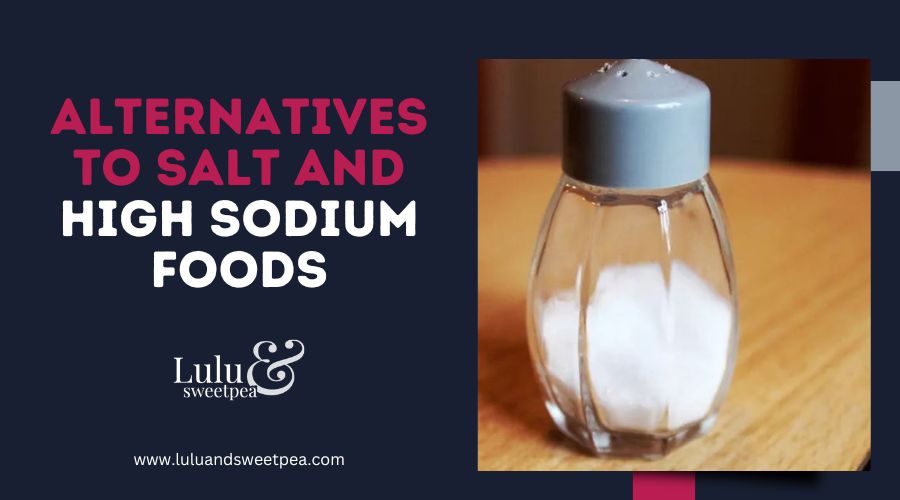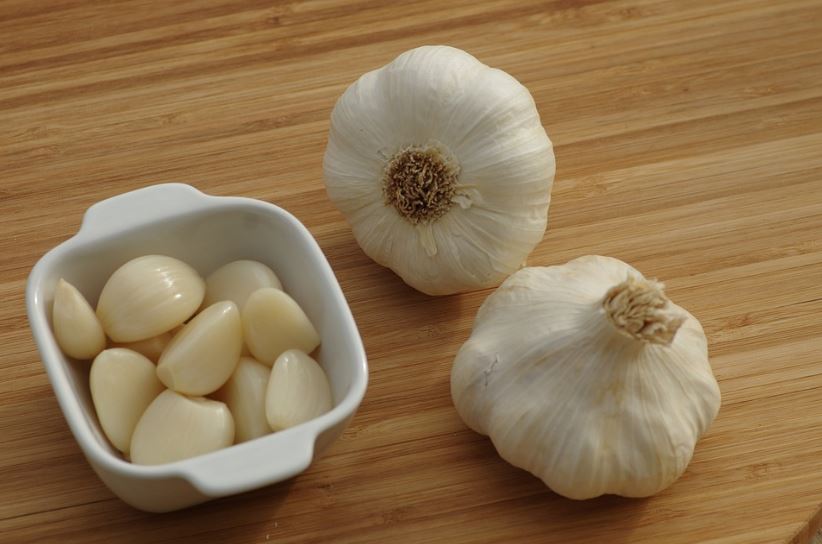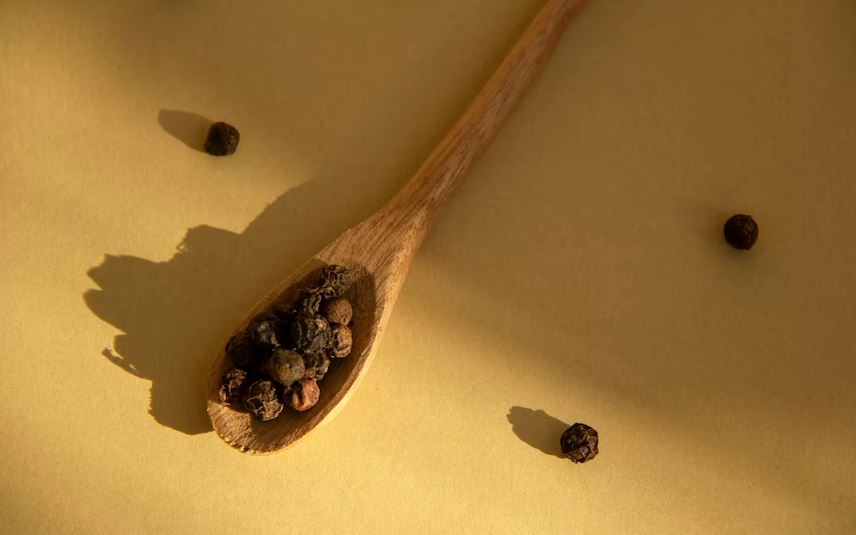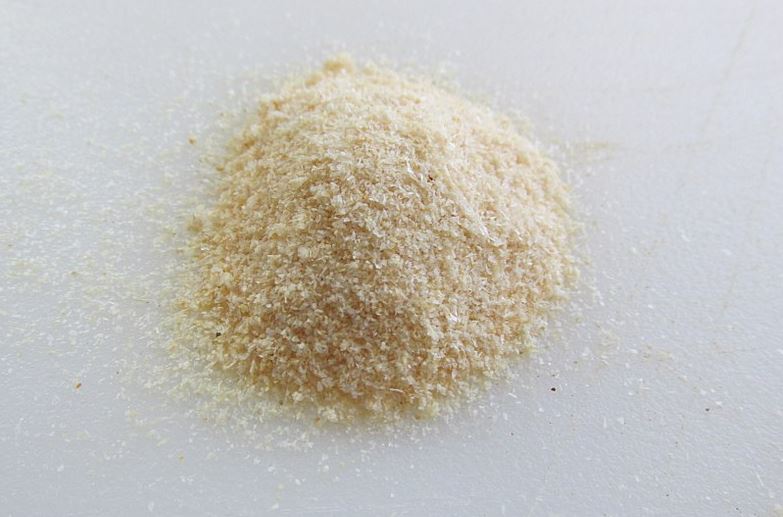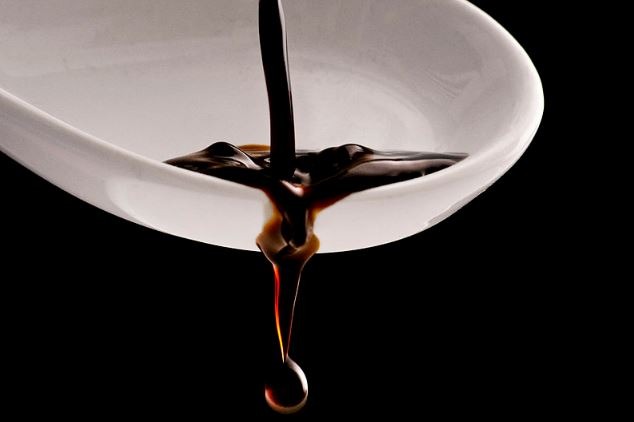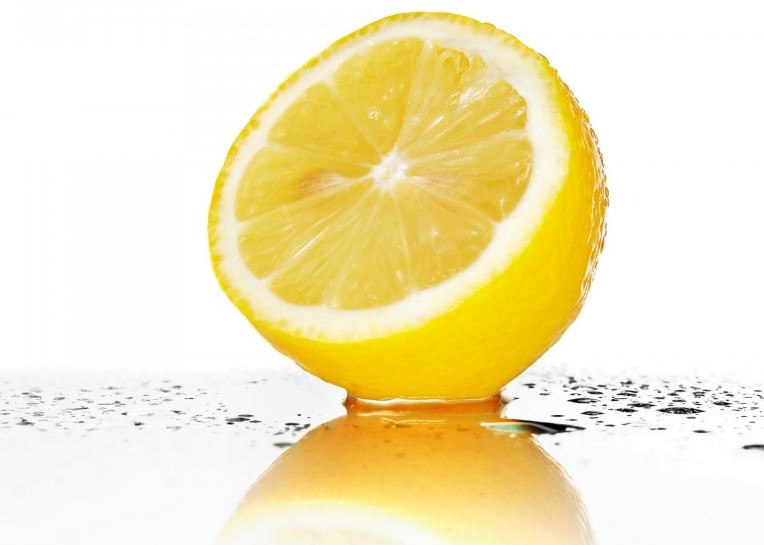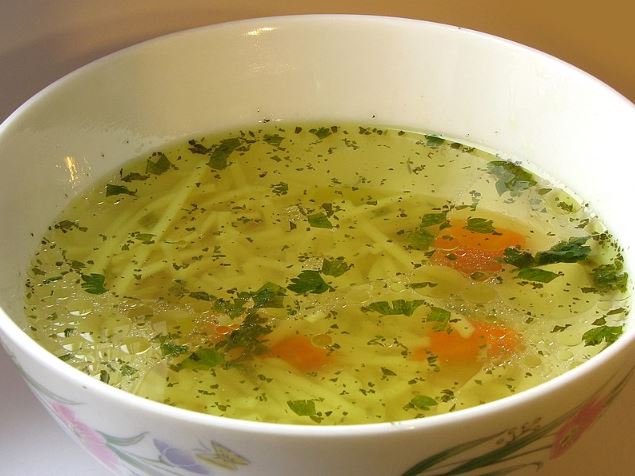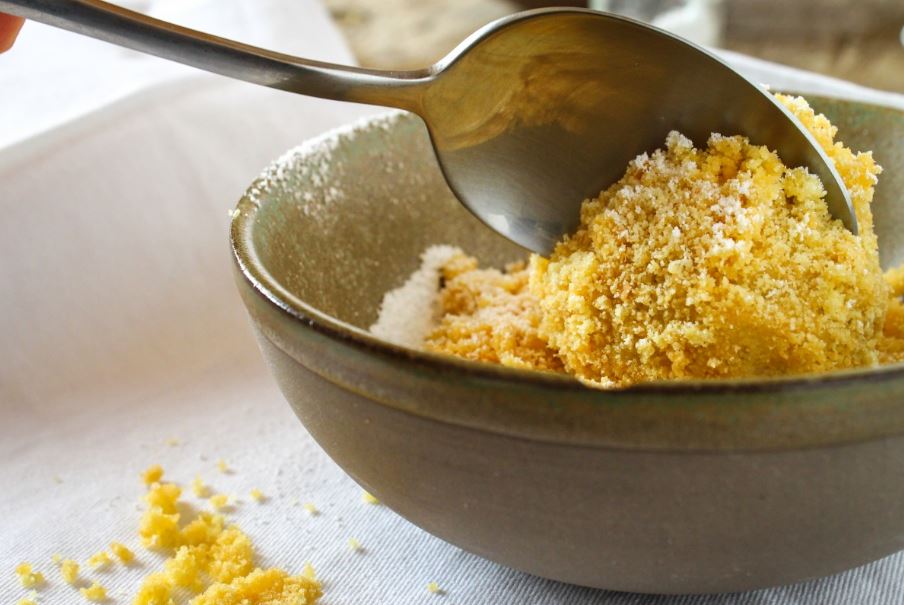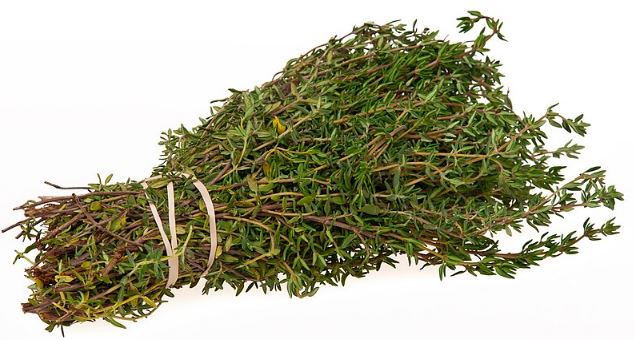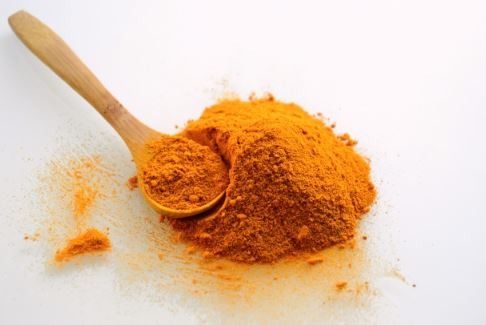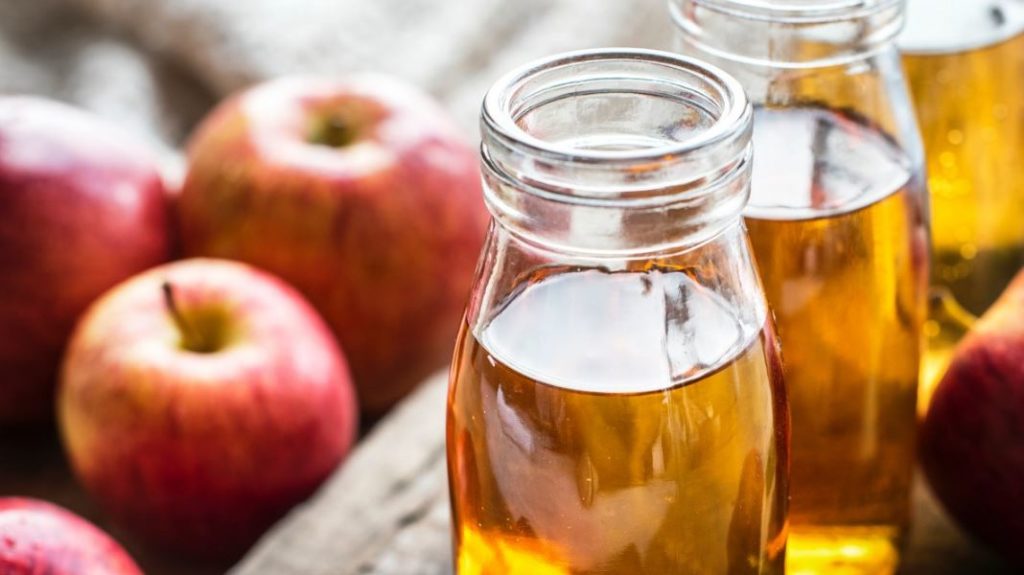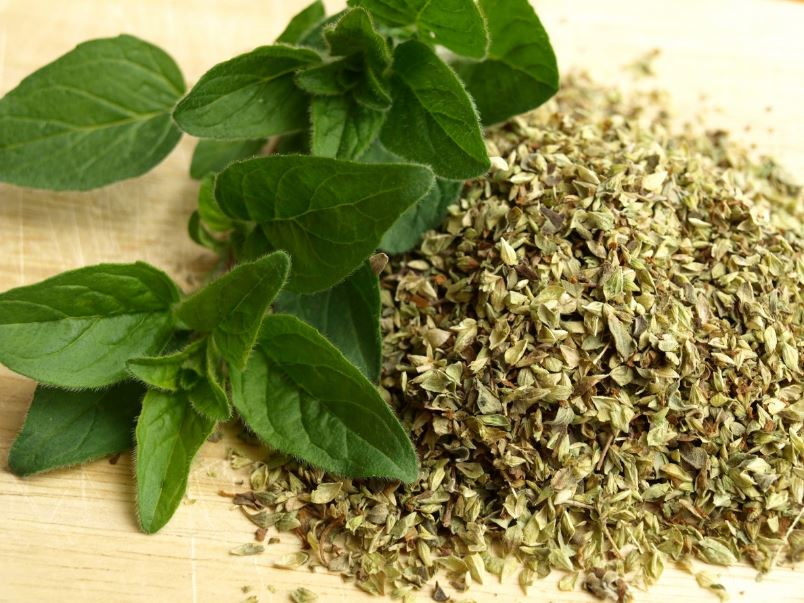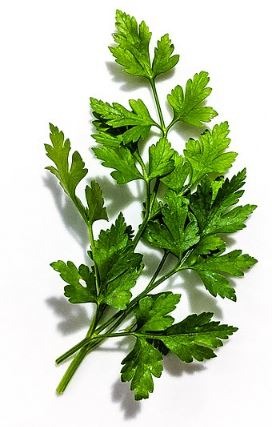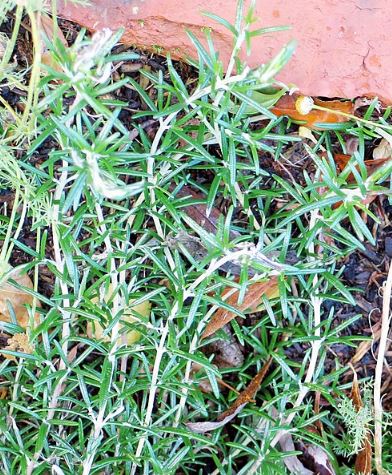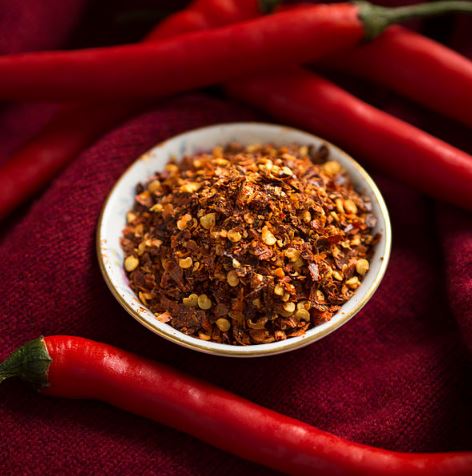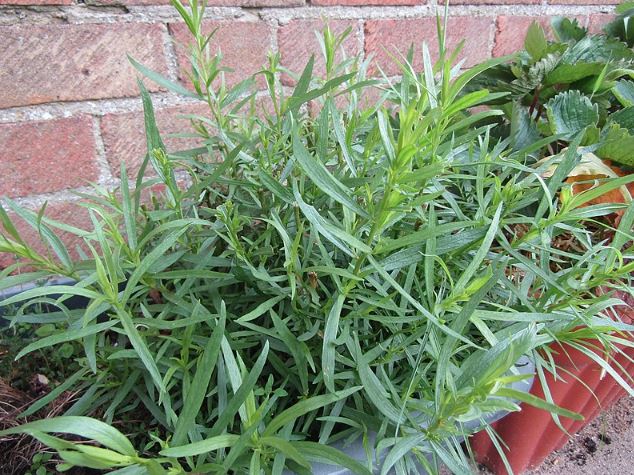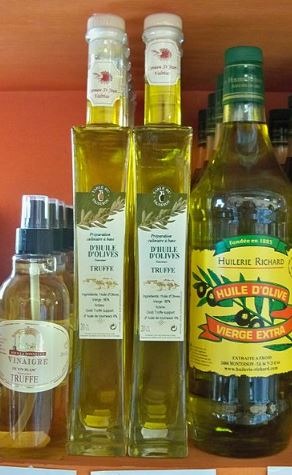The primary source of sodium in our diet is salt, which is one of the most common spices. It’s found naturally in foods, but most are added in processing and preparation. The American Heart Association recommends no more than 2,300 mg of sodium a day, ideally limiting the intake to 1,500 mg per day – amounting to less than three-quarters of a teaspoon. Large amounts of salt and sodium can be hidden in processed, canned, and convenient foods. And it can be found in many foods served in restaurants.
Using it in moderation may be fine for your body, but excess salt intake is linked to high blood pressure and fluid retention, which leads to swelling of the legs and feet and other health issues. Also, people with chronic health conditions should cut down on salt; generally, people eat too much of it.
The good news is that you can substitute salt and other sodium-rich seasonings with spices, herbs, and low-sodium condiments to help reduce your sodium intake.
Alternatives for Salt
If you need to reduce your sodium intake and need to avoid salt, it doesn’t mean you have to stick to bland foods. Here are some alternatives you can use to make your food still flavorful and even healthier:
1. Garlic
Garlic is one of the most versatile ingredients in the kitchen. It’s a pungent spice that boosts the flavor of any savory food. It goes well with meats, chicken, fish, pasta, and vegetables. Garlic tastes delicious in many main dishes, stir-fries, and soups. It’s also loaded with health benefits, especially for your heart health.
You can cut back on the salt and double the amount of garlic in your recipes. It adds some zest and pungency and can add a nutty flavor while roasting. If you want a garlic taste but don’t want to spend time peeling, chopping, or roasting, choose to buy garlic powder instead. Garlic powder doesn’t contain sodium but adds great flavor to your dishes.
2. Black pepper
Salt and pepper usually go hand in hand, but adding it on its own can add as much flavor without increasing the sodium. If you want to cut back on salt, simply reach for your pepper shaker instead. Black pepper is versatile in savory recipes like soups, roasts, meats, chicken, fish, and pasta.
Not to mention black peppers have active compounds that can help fight inflammation linked to chronic heart diseases like cancer and heart disease.
3. Dried onion or onion powder
Like garlic, onion adds a bold flavor boost to almost any savory recipe. Dried onion and onion powder are even more potent in flavor than fresh onion, and you can use them as an alternative for salt in soups, stir-fries, stews, salads, marinades, dips, and salsas. It adds a bit of spice with a little hint of sweetness. Onions go with a wide variety of dishes, while you can always add dried onion or onion powder in soups, chicken or egg salads, marinades, and mashed potatoes.
4. Balsamic vinegar
Balsamic vinegar offers a sharp, tart, and complex flavor that is both sweet and acidic, making it a flexible ingredient. It brings out the natural flavors of food, minimizing the need for salt. Like apple cider vinegar, it helps brighten the taste of any dish for a small number of calories.
Though it’s usually mixed with olive oil, you can use balsamic vinegar for meats, cooked vegetables, salad dressings, stews, soups, and marinades for fish and meat. It even works for grilled fruit and some desserts.
5. Lemon juice
You can turn up the zest and the fresh flavor of your food by using lemon juice as an alternative to salt for some recipes. Since it’s a source of acid, it acts the same way as salt by bringing out the flavors of a dish. It can be used as marinades for meats, fish, and chicken, drizzled over cooked vegetables, and added to salad dressings.
6. Dill
Dill is in the same family as celery, so it’s low in calories and comes with a slightly bitter, lemony-sweet flavor. It has a fresh taste with hints of celery and fennel. While it’s often associated with pickled cucumbers, this herb is actually a versatile herb with a refreshing zing that pairs well with many dishes.
7. Low-sodium broth
Many pre-made broths are loaded with sodium, so if you’re cutting back, go for low-sodium versions that contain less than 140 milligrams per serving. Low-sodium broth can help you control how much salt you can add to dishes like soups, chili, and stews. It can also be an alternative way to add flavor to dishes. You can use it for cooking whole grains like quinoa or brown rice or add it to mashed potatoes.
8. Nutritional yeast
Nutritional yeast is deactivated yeast available as powder or flakes. It’s popular as a non-dairy cheese substitute because of its cheesy, savory flavor. It works well for popcorn, nachos, pasta (mac and nutritional yeast, anyone?), and grains.
Using it as a substitute for salt and sodium-loaded cheese powder may have health benefits. It’s a good source of vitamin B12 and beta-glucan fiber that may help lower cholesterol. It contains both fiber and fiber to help keep you full.
9. Smoked paprika
Paprika doesn’t just add pretty red color to roasted dishes – its smoky, spicy and sweet taste makes it a stellar salt alternative. It can be used in various recipes, such as savory stews, baked meats, fish, poultry, chili, taco meats, and nachos. This spice may also have several health benefits, notably aiding in stopping cancer cell growth.
10. Thyme
Available in fresh and dried form, thyme can be a sodium-free way to boost flavor in meat marinades, chicken, baked fish, and roasted veggies. Plus, it can be helpful to check your cholesterol and blood pressure because it can help keep them from increasing.
11. Turmeric powder
Turmeric is famous for its many health benefits but is also a great salt alternative and flavor booster. It’s a staple ingredient in curries, but its earthy, slightly peppery flavor also blends well with soups, eggs, stews, and roasted vegetables.
12. Ginger
Ginger is pungent, spicy, and slightly peppery, and it can be used to replace salt in many dishes. You can add freshly chopped ginger root or dried ginger into soups, stir-fry dishes, sauces, marinades, and beverages. This root has been known and used for medicinal purposes for centuries, thanks to its anti-inflammatory effects and other health benefits.
13. Apple cider vinegar
Those who want to shed some pounds may have tried taking a shot of apple cider vinegar. But it’s more than that – its tangy and fruity flavor can pack a big flavor punch into your dishes that salt won’t do. You can use it as a sodium-free addition to your salad dressings, marinades, and vegetable dishes. Plus, it offers many health benefits like promoting satiety, lowering blood sugar and cholesterol levels, and improving risk factors for heart disease.
14. Cayenne
If you like spicy foods, you can sprinkle a dash of cayenne instead of salt. These peppers pack a spicy kick and can add the same flavor as a hot sauce but without the added sodium. Sold in fresh, ground, and dried forms, cayenne pepper works well with soups, salsa, chilis, tacos, guacamoles, and seafood.
15. Oregano
Oregano is an aromatic herb widely used in Italian and Greek cuisine. It adds an aromatic, pungent flavor with earthy and minty notes to any dish. It can bring a bright taste to pizza, chicken, fish, and sauces. Oregano can be used either fresh or dried, and it’s a flavorful way to cut back on salt.
16. Parsley
List most fresh herbs, parsley is low in sodium but packed with flavor. This means it makes a great seasoning of choice for those who want to reduce their salt intake. It has a bright and fresh taste that works well for savory and hearty dishes like pasta dishes, wintertime stews, and mashed potatoes.
17. Coriander
Coriander comes from the seeds of the cilantro plant. It has a bright, warm, floral, and citrusy flavor that is often added ground or whole to soups, curries, and salsa. It adds a unique depth and contrast to savory dishes and is often called in for Mexican and Indian cuisine. If you’re looking to reduce your salt intake, coriander offers a great way to maintain flavor while retaining the integrity of this dish.
18. Rosemary
Rosemary is a popular herb often used in dipping oils, which you can use to add flavor instead of adding salt. Its wintery, pine tree-like taste makes it pair well with stews, hearty soups, meat roasts, roasted vegetables, sauces, dressings, and bread.
19. Red pepper flakes
Swat salt with red pepper flakes if you want to add a spicy kick to any meal. This potent seasoning makes pasta, soups, chilis, marinades, dressings, and pizza hotter.
20. Cinnamon
A common fragrant ingredient in baked goods, cinnamon can also be used to replace salt. This warm spice has a slightly sweet and peppery undertone. Add cinnamon to chilies, tomato sauce, soups, roasts, curries, and marinades for poultry instead of salt. You can also swap cinnamon for salt when cooking lentils or beans. Use a cinnamon stick and add it to the pot for maximum flavor.
21. Sage
Skip the salt and use sage to flavor your meats, polenta, risotto, sauces, and bean dishes – either on their own or mixed with other herbs. It has a quite strong flavor that makes it a great salt substitute. It’s rich in vitamin K, which helps regulate proteins involved in blood clotting and bone metabolism.
22. Tarragon
Tarragon is a flavorful spice that has a slightly bitter, licorice-like taste. Fresh or dried tarragon is fantastic with cream or butter sauces, and you can serve it with fish, chicken, and vegetables. You can also use it to make chicken salad or scrambled eggs.
23. Truffle oil
Truffle oil is infused with edible fungi that add a strong, earthy taste that’s loved by food enthusiasts everywhere. It’s very potent that a small amount can be enough to use in place of salt. Drizzle it on pasta, homemade pizza, popcorn, eggs, mashed potatoes, and vegetables.
Alternative for High-Sodium Foods
Meats, fish, poultry, legumes, eggs, and nuts
High-sodium foods:
- Smoked, salted, cured, or canned meat, fish, or poultry
- Cold cuts, ham, sausage, bacon, sardines, frankfurters, caviar, and anchovies
- Frozen breaded meats and dinners like pizza and burritos
- Canned entrees like spam, chili, and ravioli
- Canned beans
- Salted nuts
Low sodium alternatives:
- Fresh or frozen meat, fish, or poultry
- Eggs and egg substitute
- Dry peas and beans
- Low-sodium canned fish
- Drained, water, or oil-packed canned poultry or fish
- Low-sodium and home-roasted nuts
Dairy products
High-sodium foods:
- Regular and processed cheese and cheese spreads
- Pre-made sauces
- Buttermilk
- Cottage cheese
Low-sodium alternatives:
- Low-sodium cheeses, mozzarella, and cream cheese
- Milk, yogurt, ice cream
Breads, cereals, grains, and snacks
High-sodium foods:
- Bread and rolls with salted tops
- Quick breads, self-rising flour
- Biscuits and salted crackers
- Pancake and waffle mixes
- Pizza
- Croutons
- Prepacked, processed mixes for rice, potatoes, pasta, and stuffing
- Potato chips
Low-sodium alternatives:
- Bread and rolls without salted tops
- Muffins and ready-to-eat cereals
- Rice and pasta without added salt
- Low-sodium biscuits and crackers
- Unsalted popcorn, pretzels, and chips
- Homemade, unsalted potato chips
Fruits and vegetables
High-sodium foods:
- Regular canned vegetables
- Vegetable juices
- Pickles, olives, sauerkraut, and other pickled vegetables
- Vegetables made with salted pork, bacon, or ham
- Commercially prepared tomato sauces, pasta sauces, and salsa
- Prepackaged mixes like scalloped or au gratin potatoes, frozen tater tots, and hash browns
Low-sodium alternatives:
- Fresh and frozen vegetables and fruits
- Low-sodium canned vegetables
- Low-sodium sauces and juices
- Low-salt tomato juice
- Canned and dried fruits
- Fresh potatoes, instant mashed potatoes, and frozen French fries
Soups
High-sodium foods:
- Dehydrated and regular canned soup, broth, and bouillon
- Instant noodles and seasoned ramen mixes
Low sodium alternatives:
- Low-sodium canned and dehydrated soup, broth, and bouillon
- Homemade soups, broth, and bouillon with less or no salt
Condiments, sauces, fats, and desserts
High-sodium foods:
- Soy sauce
- Seasoning salt
- Sauces and marinades
- Bottled salad dressings
- Salted margarine or butter
- Instant cake and pudding
- Large portions of ketchup and mustard
Low-sodium alternatives:
- Low-sodium soy sauce
- Vinegar
- Unsalted butter or margarine
- Vegetable oils
- Low-sodium salad dressings
- Mayonnaise
- All desserts made without salt
Tips for Cutting Back on Salt
- If you can’t completely eliminate salty foods from your diet, start by reducing the amount of salt you use in cooking. Gradually tone it down until you’re used to eating less and less until it’s okay with you to eat salt-less foods.
- Be creative and season your foods with spices or anything that can be used as a salt alternative mentioned above. Remove the salt shaker from your table.
- There are many low-sodium foods available in the market. For packaged foods, you can check the nutritional facts on the label for the Percent Daily Value of sodium. Choose foods that provide five percent or less per serving. Low sodium is defined as 140 mg of sodium per serving.
- Items with 400 mg or more of sodium are considered high in sodium. High-sodium food additives are not just salt – they can also include brine or other things that have “sodium” on their name, like monosodium glutamate.
- Eat more home-cooked meals. When you make food from scratch, you can control how much sodium it contains. Boxed mixes, instant foods, and restaurant dishes are often high in sodium, which makes them tasty.
- Avoid medications that contain sodium, like Bromo Seltzer and Alka Seltzer.
- Sometimes, salt substitutes are made from potassium, so check the label. If you’re on a low-sodium diet, you may want to check with your doctor first before using those salt substitutes.
